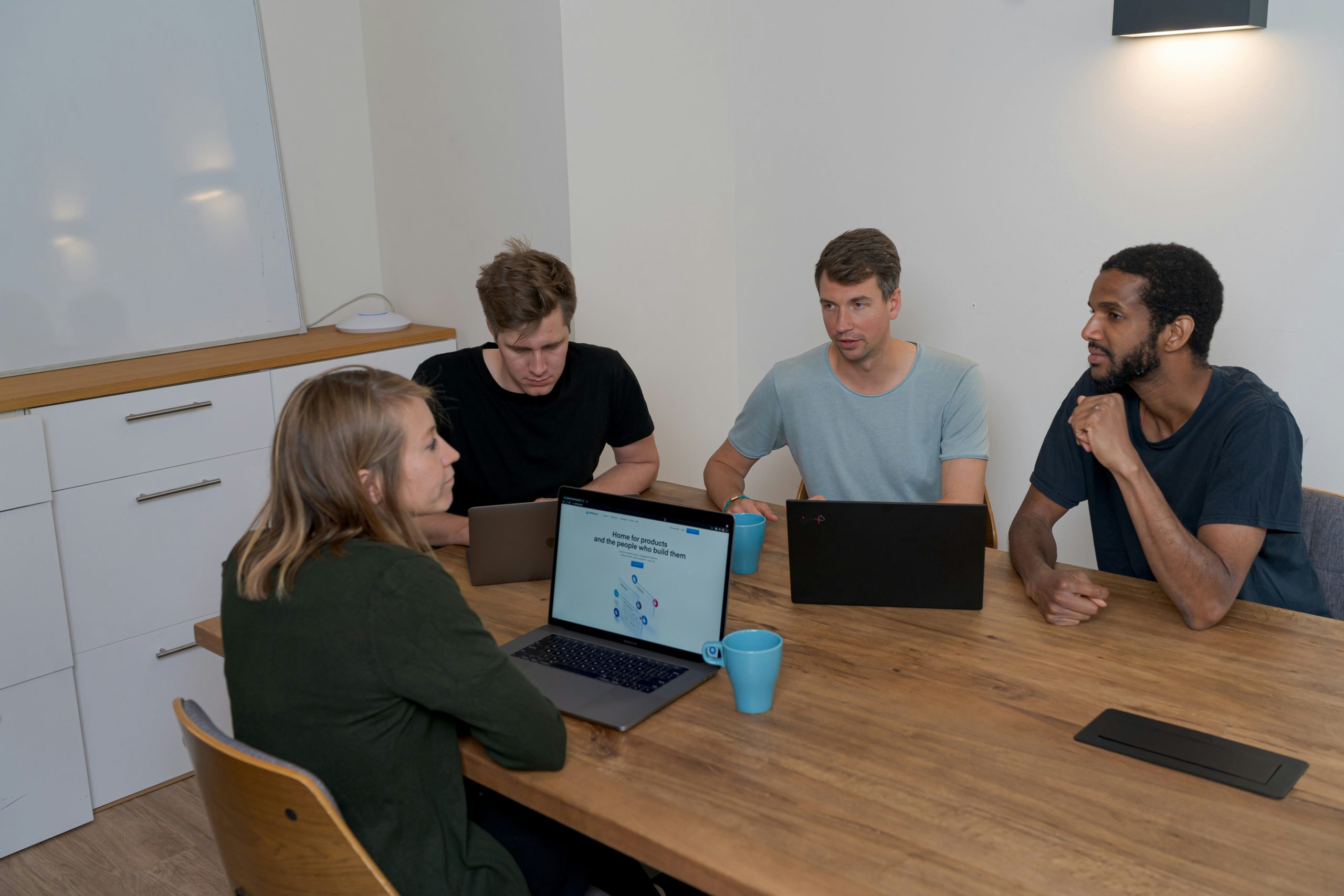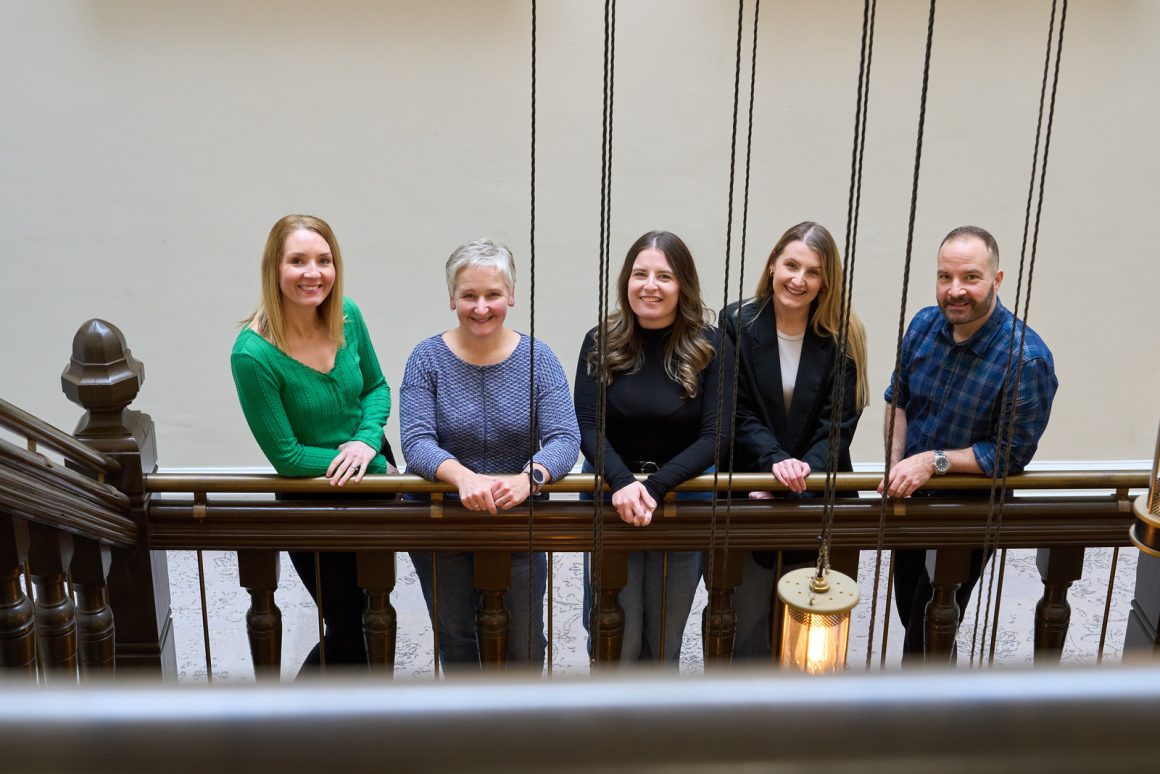As technology and client expectations evolve, standing out from the competition is becoming more challenging for law firms. Now, standing out from the crowd requires more than simply having an online Prescence – prospects and referrers want to experience seamless touchpoints and client-focused content, that provide solutions to their ‘pain points’.
The foundation of a carefully curated digital experience is a solid marketing strategy, exploring and then planning how your firm will deliver and then communicate a top-quality service to existing clients and prospects as well as their referrers. This entails knowing who you’re speaking to and how they like to interact with your services.
One highly effective but often underused approach is user and usability testing to improve user experience (UX). With some 51% of CMOs investing in user testing, professional services businesses are realising that the key to exceeding expectations is to learn what their clients and prospects want and value.
In the current battle for digital attention, even if your firm’s website ranks highly on searches, this now is no longer a guarantee of picking up that prospective client or referral. Here is what user testing involves and how it can benefit your firm.
Defining User Experience
User experience, or UX, refers to how users interact with and perceive your service, product, or platform. UX considers every touchpoint someone might have with your brand – whether that’s browsing your website, using a mobile app, or even speaking to a member of the team over the phone. UX gathers data on any pain points and satisfaction points across the entire user journey and offers constructive feedback to inform continual iterations and improvements.
In professional services, your website is often the first point of contact for potential clients. To make a great first impression, you need to offer a user-friendly, efficient, and trustworthy online experience. Get it right, and your website can be a powerful differentiator, helping position your business as the natural ‘go to’ choice you’re your competitors.
Why should I test my website?
Making assumptions about what you think your audience want can lead to mis-aligned messaging and overlooked opportunities. If your site doesn’t get straight to the point while presenting relevant information in a clear way both on a desk top or mobile device, you could risk your firm’s initial first impression as well as unconverted leads.
In today’s fast-paced world, users expect quick access to the information they need. With average email click-through rates at 3.04% and ad click rates at 2.93%, gaining and keeping attention is more challenging than ever.
Without direct user insight, it’s easy to overcomplicate processes, overlook friction points, or miss simple improvements. Testing helps ensure your site and your target audience’s wider digital experience are functional, intuitive, and enjoyable – which sets you apart from your competitors and ultimately drives more conversions.

User Testing and Usability Testing: What’s the difference?
To enhance UX, many firms turn to both user testing and usability testing. While the two are closely related, they serve slightly different purposes.
Usability Testing
Usability testing focuses on how easy it is for users to interact with a platform. It identifies sticking points and areas for improvement, often by observing participants as they complete tasks or find specific content. The entire process is typically recorded on screen to show how users navigate the site or app in real-time.
User Testing
User testing takes a broader approach, assessing users’ initial impressions and overall emotional response throughout their journey. It considers the broader context in which users may be visiting your site, factoring in their motivations and mindsets. If your site isn’t designed with these variables in mind, you may be missing key opportunities to convert this initial interest and investigation stage into action. User testing can be tailored to specific audiences such as age groups, professions, or regions and often involves open-ended questioning to collect rich, qualitative feedback.
Combining the two approaches
Bringing together insights from both user and usability testing gives you a rounded and pragmatic view of how your website and digital touchpoints are perceived. It also offers a chance to challenge assumptions about what your clients, prospects and referrers expect. These insights can lead to meaningful improvements in client satisfaction, retention, and overall conversion rates.
How can I test my website?
Once your testing format and participant group are defined, setting up, deploying and recording the sessions becomes a straightforward process. Feedback can be reviewed and acted upon almost immediately thanks to clear, practical insights.
Tests typically run between 5 and 20 minutes, depending on the goals. It’s important to select and vet testers against key criteria to ensure the feedback you receive is relevant and valuable.
Testers are asked to review the website and share their initial thoughts on the layout, design, imagery, ease of navigation, and access to key information.
Scenario-based tasks
Participants may then be given specific scenarios to complete, such as:
“Imagine you’re dealing with a sensitive family matter and need legal advice. You want to find out what support this firm offers.”
This encourages users to explore the website naturally while offering real-time feedback on usability and structure.
Ordinal scale questions
Questions using a numbered scale help quantify aspects of the user journey – for instance:
“How easy was it to find information about family law services on a scale of 1 to 5?”
Closed-ended questions
To get quick, clear responses, closed-ended questions such as “Would you use this site again – yes, no, or maybe?” provide useful summaries of user opinion.
Open-ended questions
Finally, open-ended prompts allow for deeper insight – for example:
“What changes would you make to improve how information on family legal services is displayed?”
This gives testers a chance to highlight particular phrases, visuals, or pain points that stuck with them during the process.
Longer sessions can also include competitor comparison testing, following the same format across different firms’ sites and asking which the tester would be most likely to engage with – a typical scenario when prospective clients are carrying out their due diligence online, before making what is for many a significant financial and indeed emotional commitment.
Helping you make the most of User Testing
No sector stands to gain more from user testing than law firms.
Beyond improving usability, user testing helps strengthen client loyalty, drives long-term retention, increases conversions and encourages more referrals. It’s a valuable investment – one that gives you a competitive edge in a market where every interaction and keeping valuable attention counts.
At Cal Partners, we’re an award-winning marketing agency made up of CIM Chartered Marketers working with professional services firms including law firms, accountants, financial advisers and property specialists to help them attract the right clients and generate quality leads.
Thanks to our deep sector experience – the founder was a former practising solicitor and law firm partner – we understand the expectations and challenges facing law firm audiences. That means we’re ideally placed to manage user testing programmes that reveal actionable insights and boost your digital performance.
For a free consultation, get in touch. Complete our contact form, call us on 0333 050 6015, or email hello@calpartners.co.uk.
 Chris Lucarelli
Chris Lucarelli